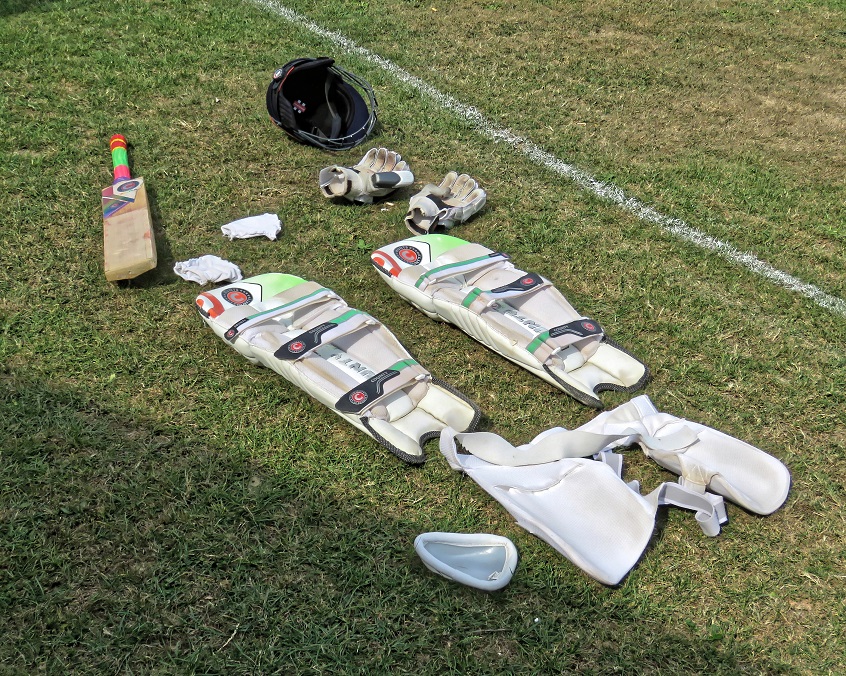
The Basics of Cricket Protective Gear: Ensure Safety During the Match
Cricket is more than just a fancier version of baseball, alright? Truth is, it’s just as enjoyable and gratifying as any other sport out there. You just have to give it a shot, which is exactly why you’re here. Whether it’s your first time trying it out or maybe you’ve had a few swings at it in the past, you’re bound to have an exciting time playing this sport.
Either way, we’re pretty sure preparations are well underway for you. You’ve probably already decided on the type of bat you want to get because well, surprise surprise, you can’t play cricket without one. But that’s not the only piece of equipment you’ll need to kick off training. On the outside looking in, cricket seems completely harmless but there are still many ways you can get injured while playing. For this reason, you need to stock up on the right protective gear. If you’re unsure of where to start, don’t fret – we’ll set you up with all the essential tools for your cricketing adventure.
Contents
What Safety Equipment Is Used in Cricket?
There’s more than one thing you’ll need to look into in order to stay safe. Despite the hefty list, it shouldn’t be too hard to find what you need when you know what you’re looking for.
Cricket Pads
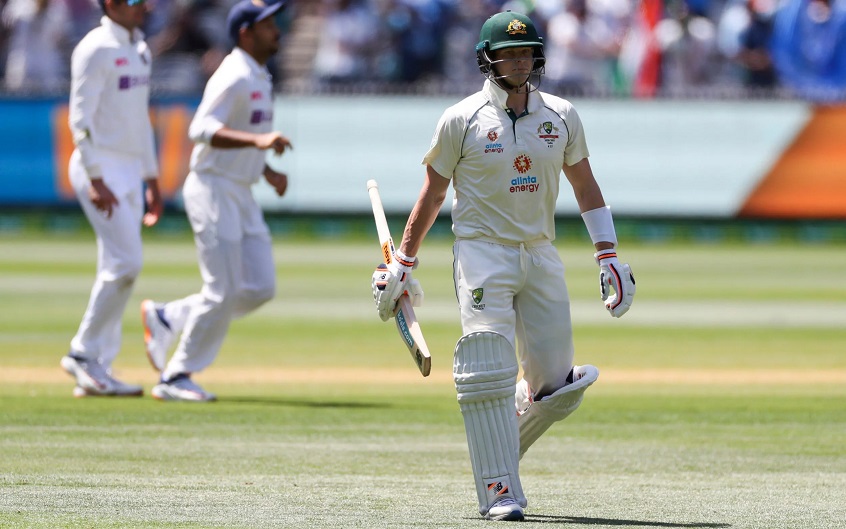
Oftentimes, when the ball starts swinging on the field, it can get difficult to keep your eyes on it and react quickly. After all, it’s moving at great speeds. Sure, a cricket ball looks tiny but you’d honestly be surprised at the level of damage it can inflict when you’re not wearing safety equipment. In all honestly, you probably wouldn’t want to find out either. To avoid those uncomfortable scenarios, you should always wear protective cricket fielding pads on your legs.
When choosing cricket batting pads, it’s important to find the right match for your body type. The extra padding can be used in two separate spots on your leg. The first one starts from your hip all the way down to your knee, while the second one begins just above your shinbone and extends to your ankles. In this way, they protect both your thighs and shin bones from possible injuries. They do this by lessening the blow and absorbing some of the shock when the ball hits you. There’s a break in the knee area to ensure the flexibility required throughout a game of cricket. In spite of this, your knees aren’t any less protected from injuries than all the other parts of your leg.
These days, there’s no shortage of options with loads of different shapes and designs. Quite conveniently, most of them come with adjustable straps which make them easily customisable. The important thing to remember when choosing cricket fielding pads is to find ones that are suitable for you and your individual preferences. All of your equipment should be tailored specifically to you and your body type so that you feel comfortable wearing it.
Cricket Guards
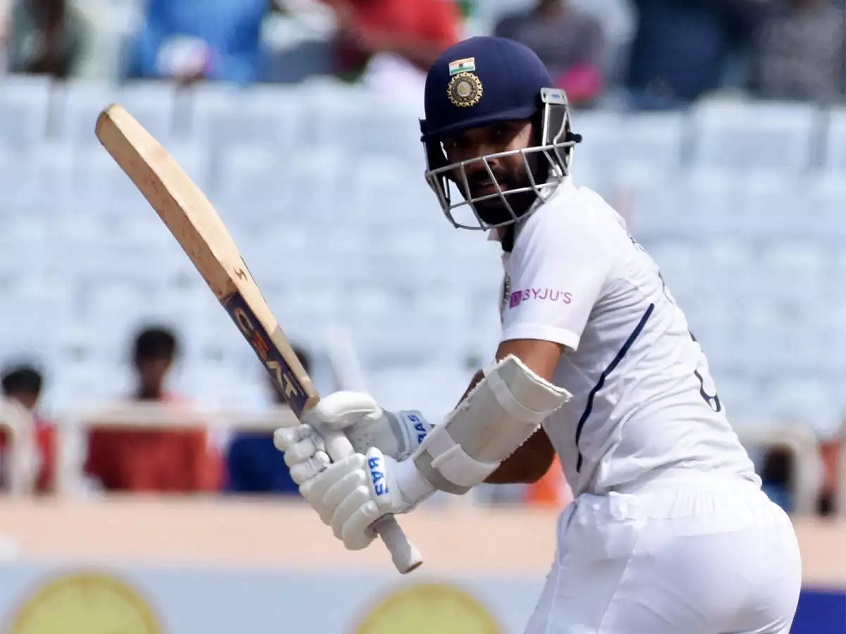
These are somewhat larger than cricket pads and they’re supposed to protect your chest and abdomen area from incoming shots. Since this particular part of your body houses your most vital organs, it makes sense that you’ll need some protective padding to avoid unwanted scenarios. Much like the pads, they come with adjustable velcro straps so you can customise them according to your height and weight.
Cricket Helmet
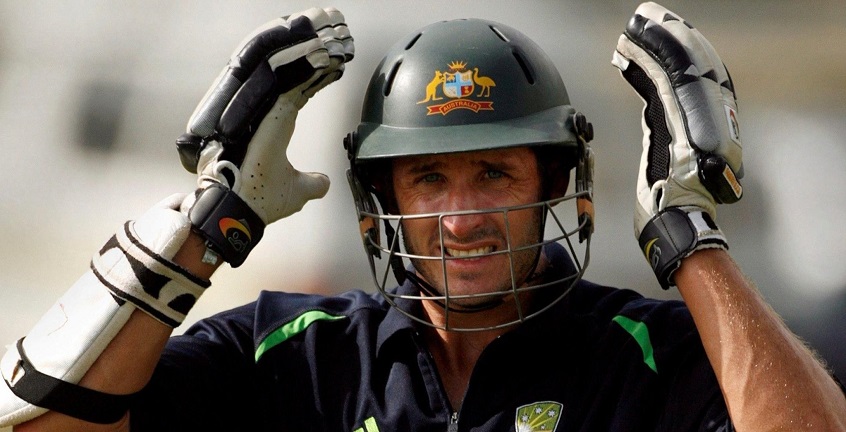
Helmets are perhaps the most crucial part of your gear. If you’re playing with an exposed head, chances are you’ll be dealing with a serious injury sooner rather than later. You’ll need to choose a helmet that corresponds with the shape of your skull to ensure a proper fit. Once you put it on, you’ll secure it into place with chin straps.
Face Protector
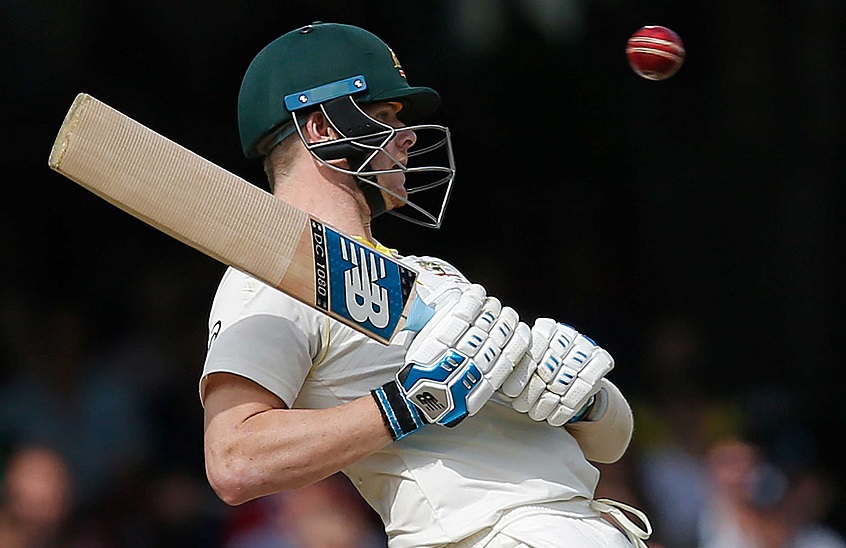
While a helmet protects your head, your front section is still exposed. This leaves the door open for balls to swing in and smack you right in face. And no one wants that. To prevent balls from sneaking in and surprising you like that, you should attach an additional face protector to your helmet. The device itself meets all the safety requirements while keeping your field of view intact.
Cricket Gloves
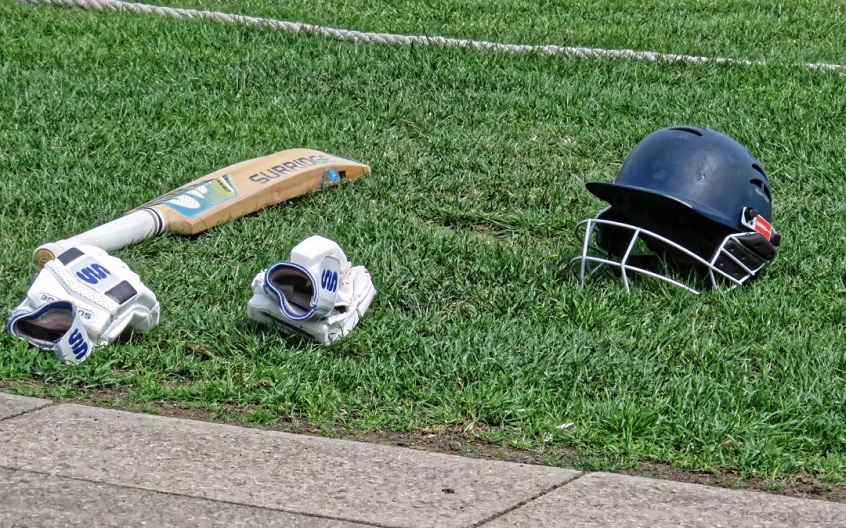
To round this list off, we’ll be taking a look at cricket gloves. Their main purpose is to help you hold on to the bat more securely and protect your fingers from potential injuries. You may or may not know this but broken fingers are one of the most common conundrums cricket players find themselves in.
Additional Cricket Accessories
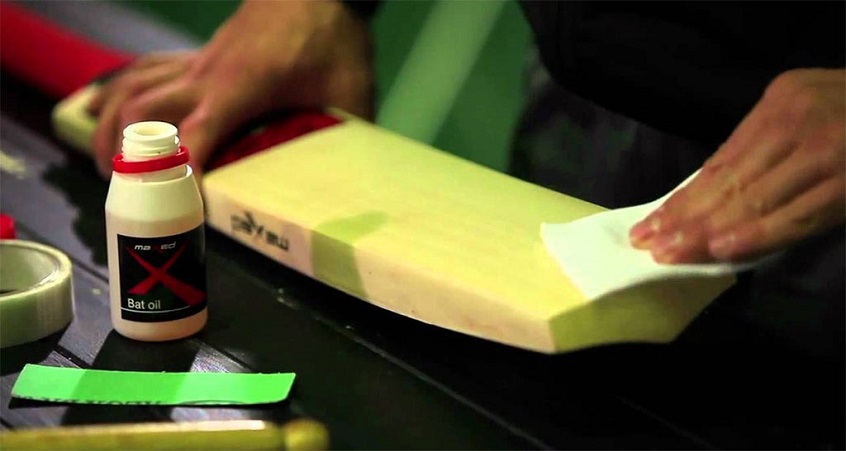
Now that we’ve gone through the major safety equipment, it’s time to present a few honourable mentions.
Bat Cover
Over time, your bat probably won’t look as good as new but that doesn’t mean you shouldn’t take proper care of it to prolong its lifespan. With that said, it’s a good idea to keep your bat stored in a specialised cover when you’re not using it to wick away external damage.
Bat Oil
You know how stainless steel needs to be polished to retain its original form? Well, the same thing goes for your bat. To do this, you should apply a coin-sized amount of oil onto a cloth and spread it out evenly along the bat’s surface. Then, make sure you leave it out to dry in a horizontal position for at least 24 hours before using it. Do this once every 8-12 weeks for the best results.

